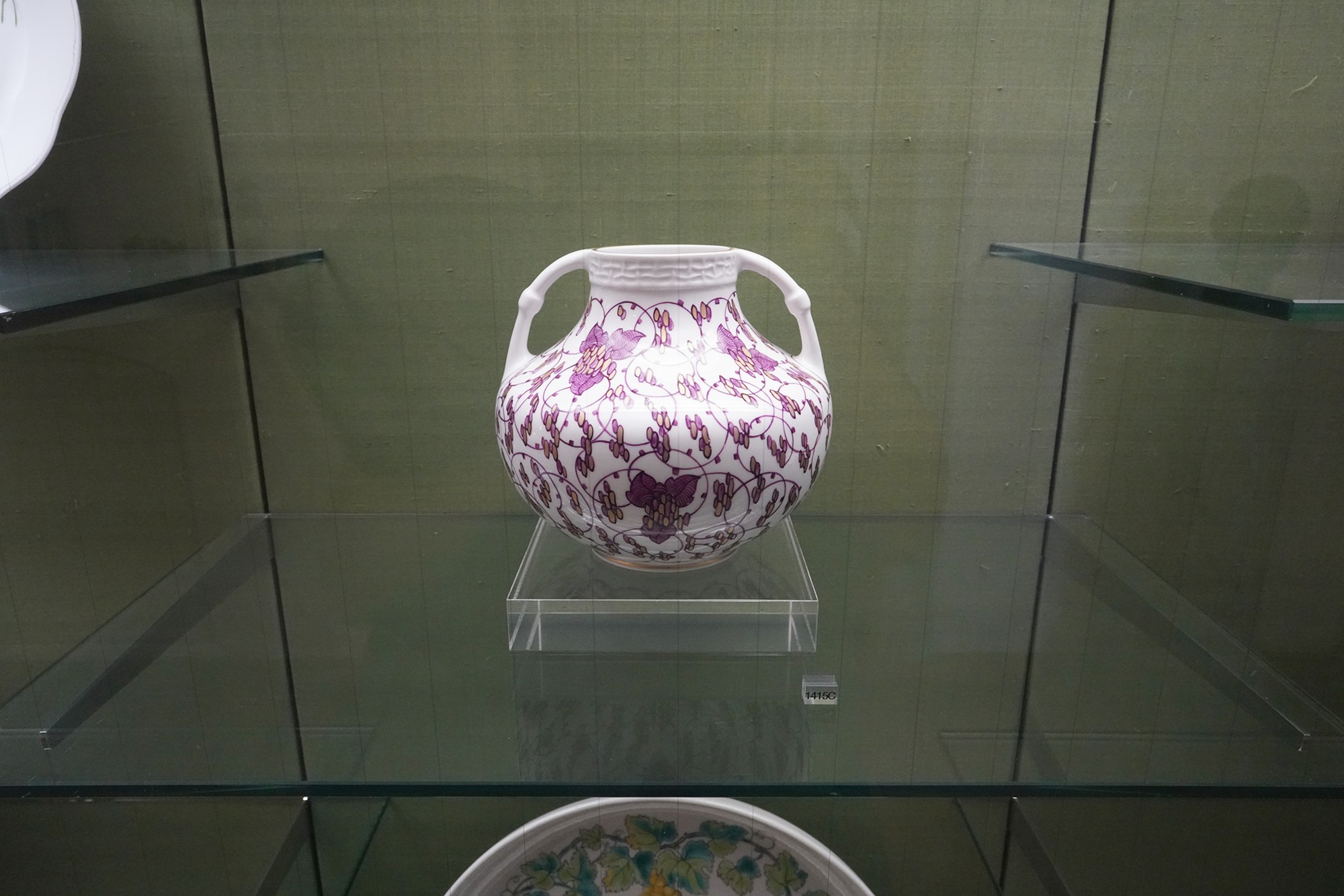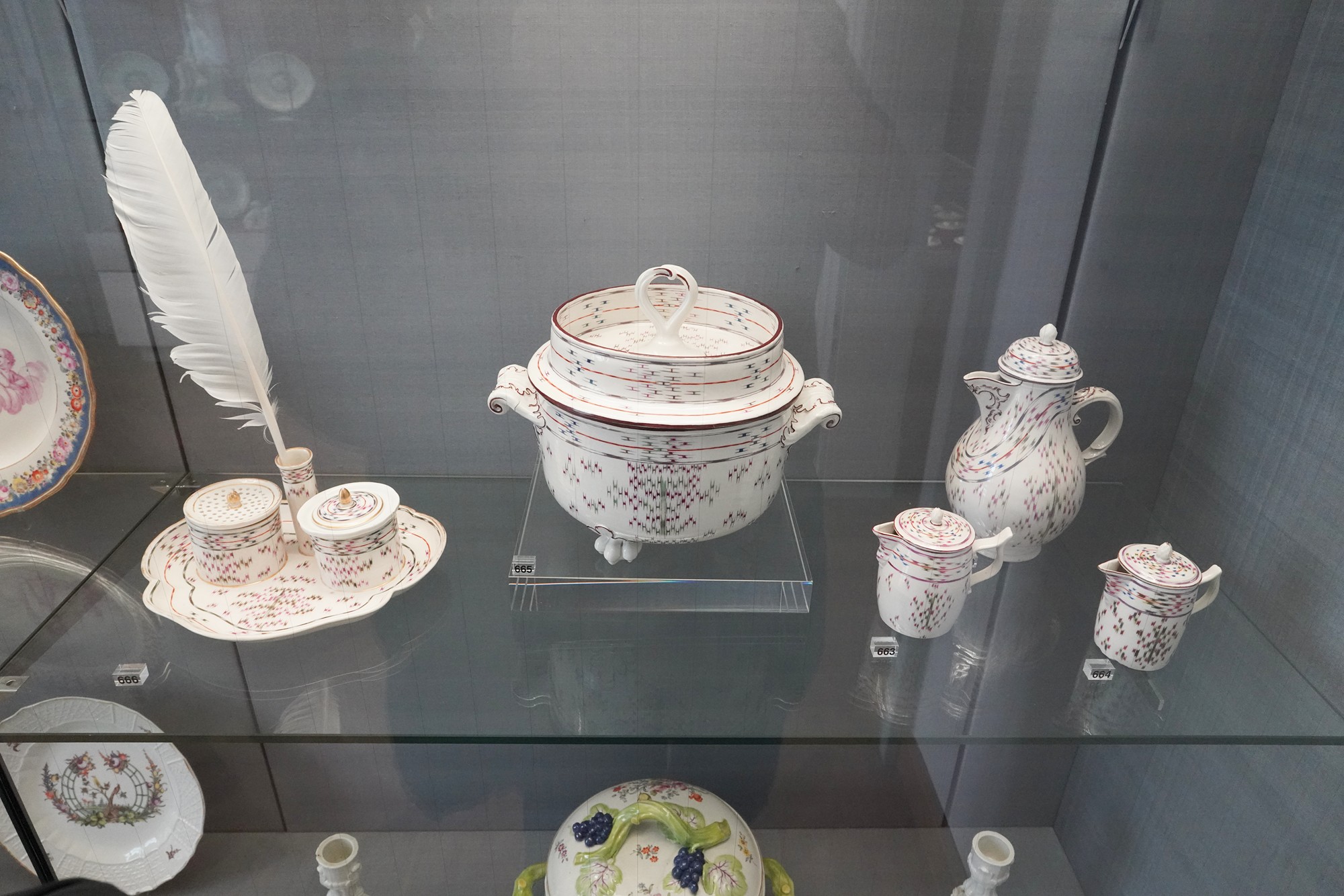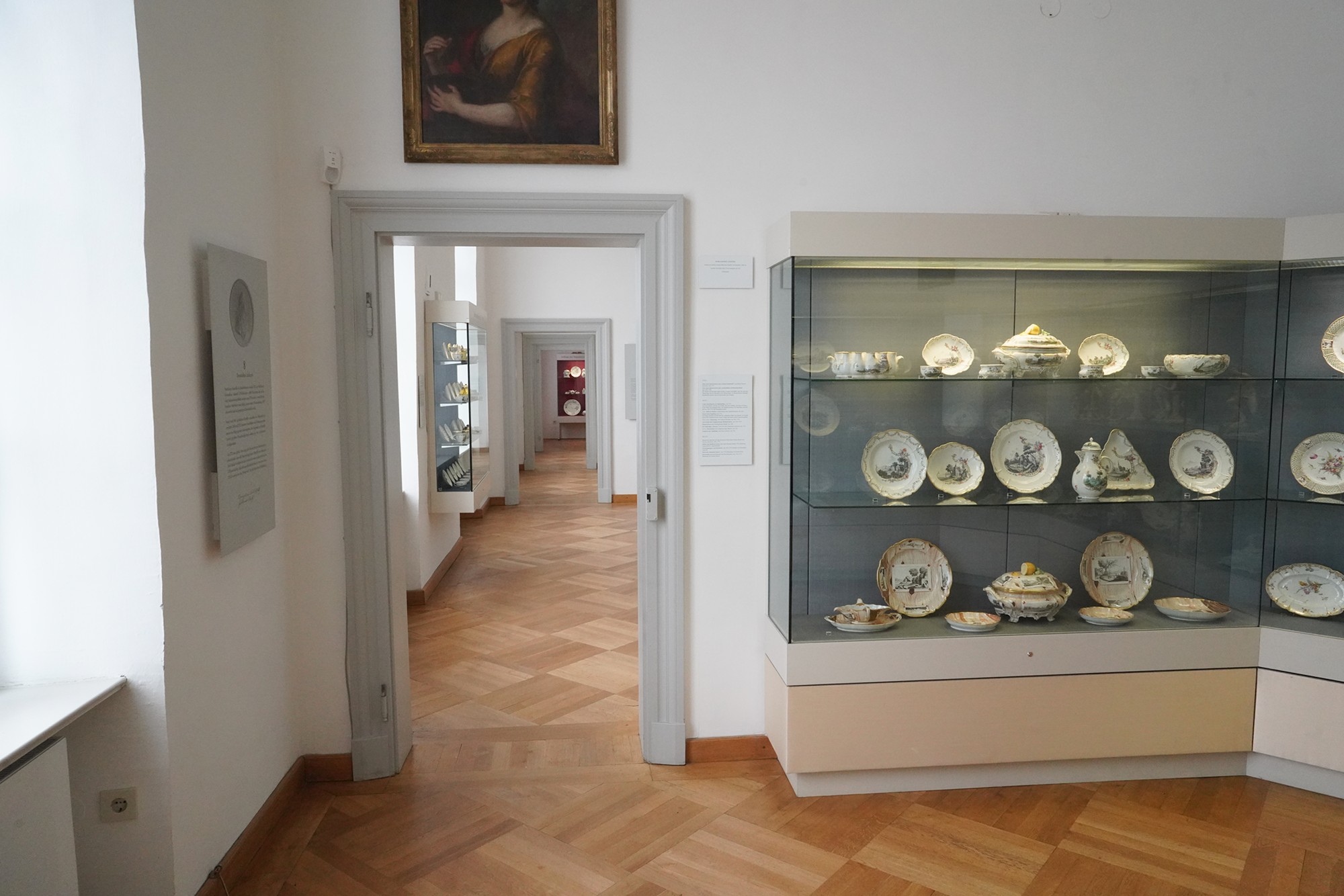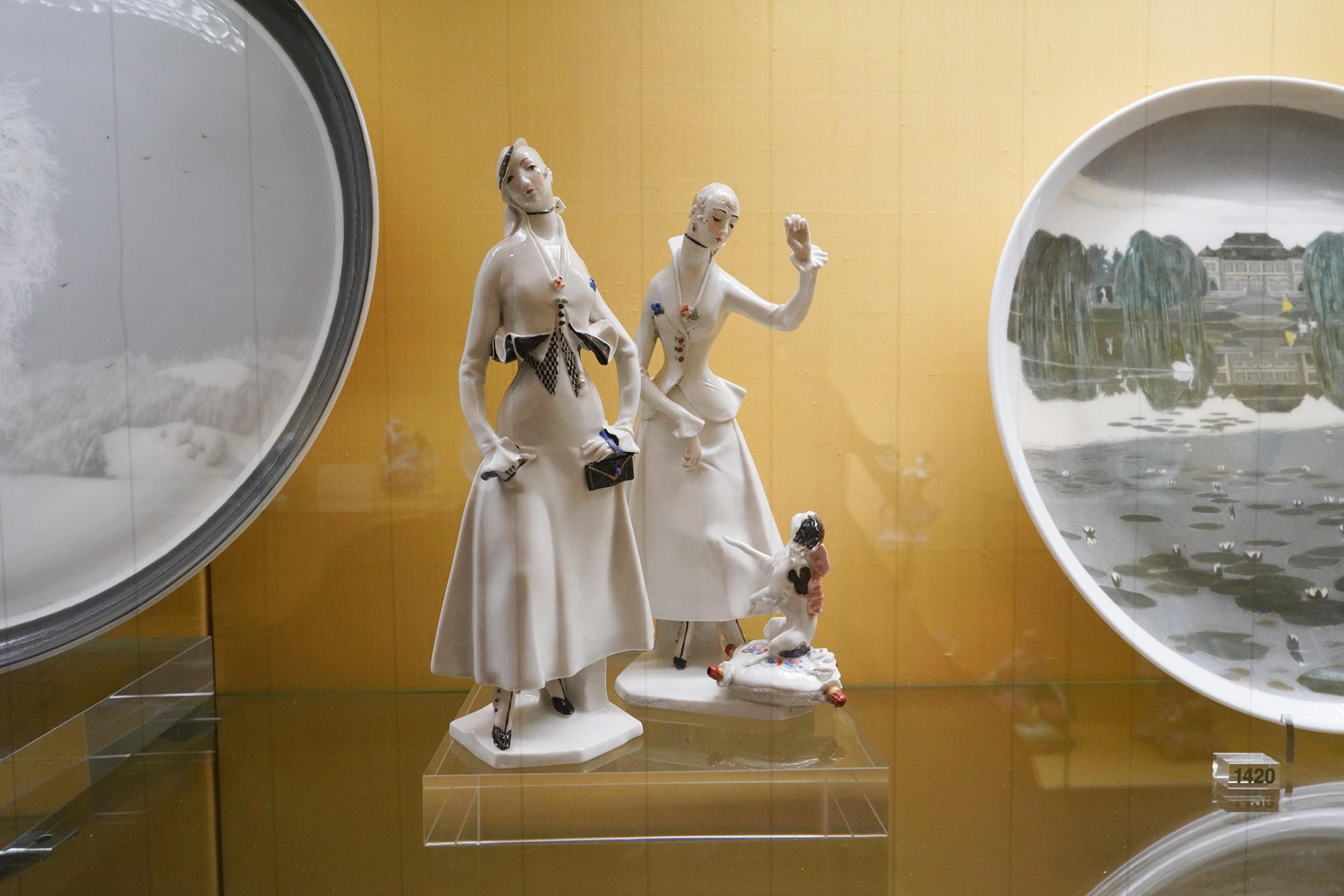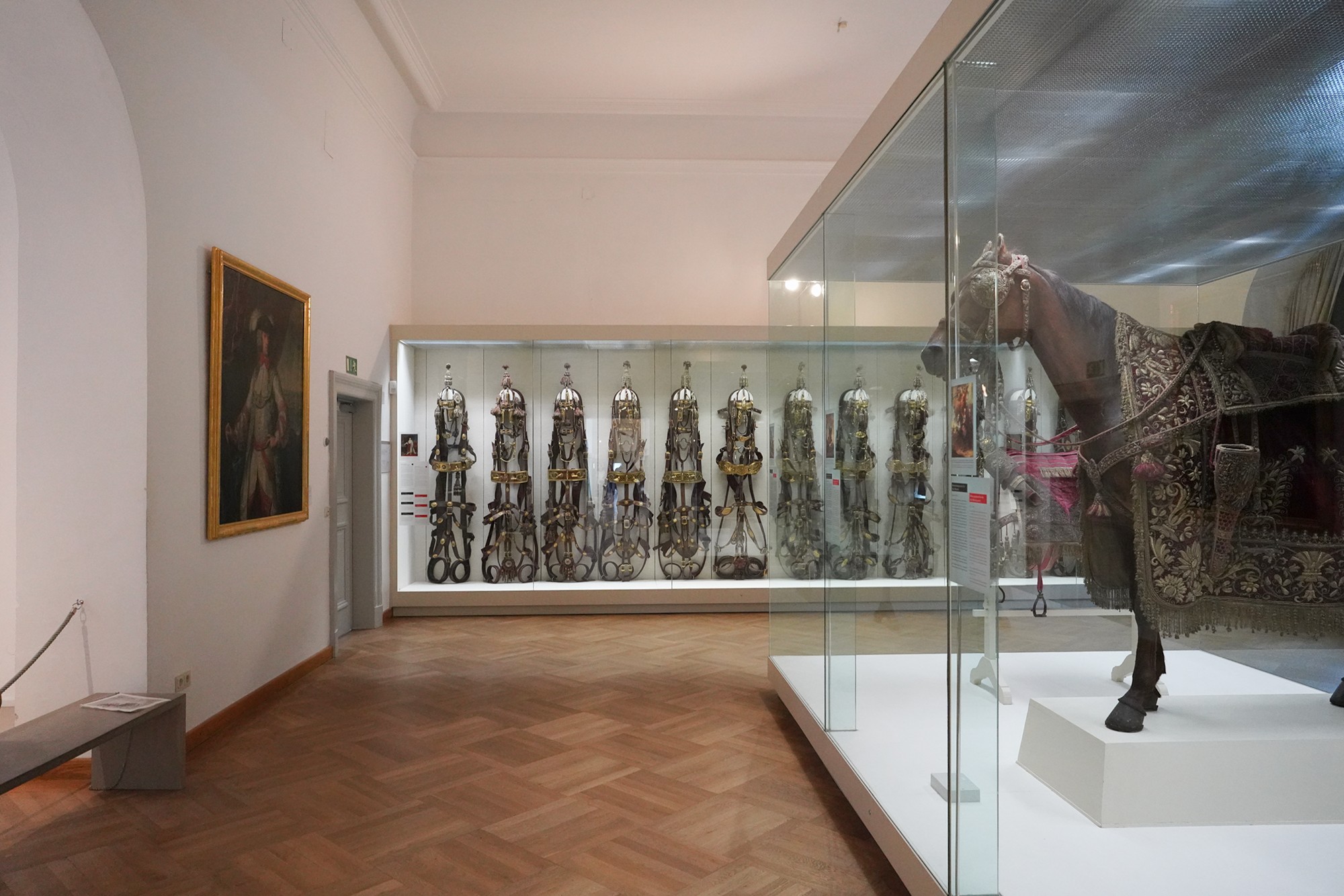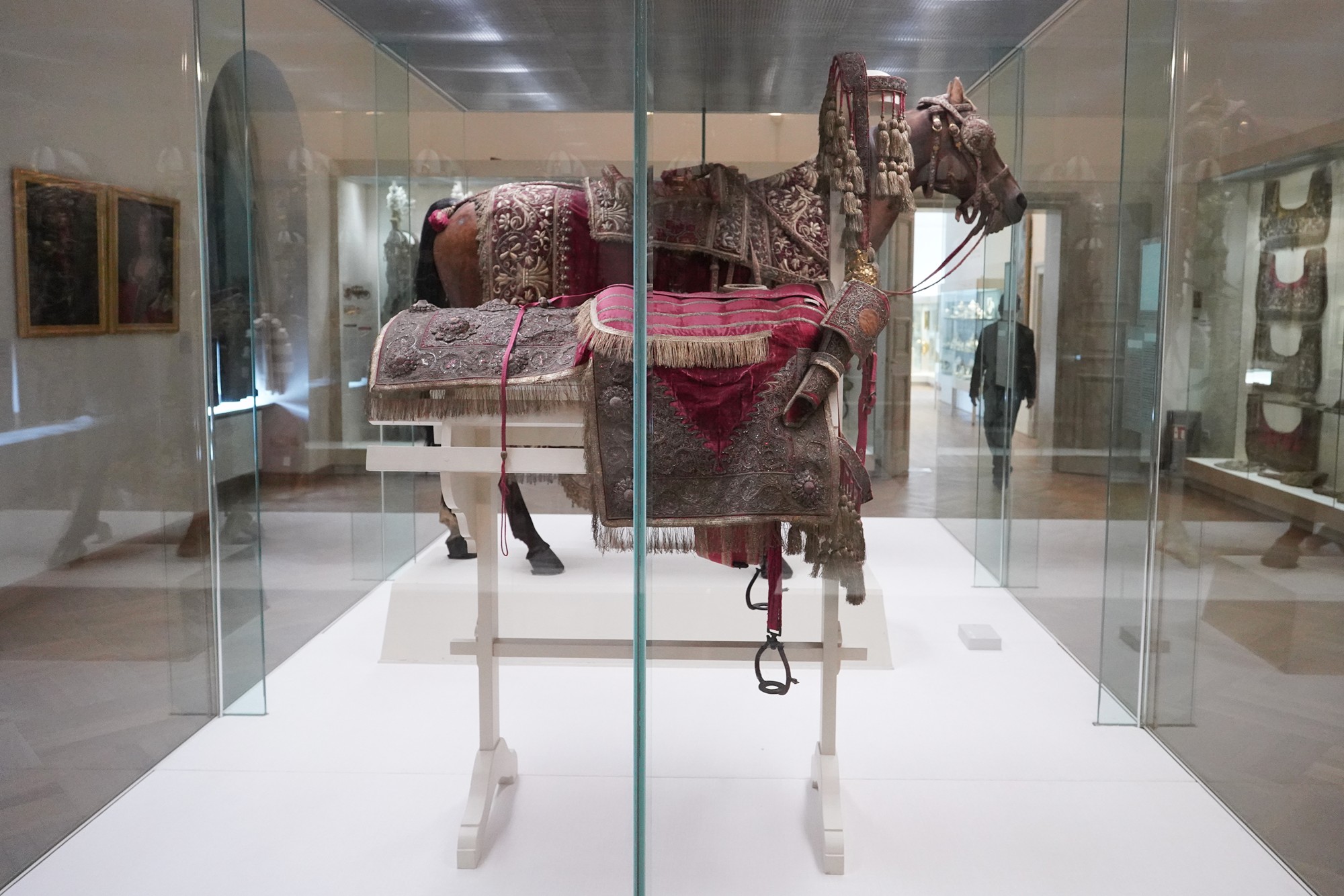Nymphenburg Palace, Munich, Germany
Nymphenburg Palace (Schloss Nymphenburg) is a magnificent Baroque palace in Munich, Germany. 904
Nymphenburg Palace: Schloß Nymphenburg 1, 80638 München, Germany
Date Picture Taken: May, 2024
It served as the main summer residence for the rulers of Bavaria, the Wittelsbach family. With its expansive gardens, grand architecture, and beautifully preserved interiors, the Palace is one of Munich’s most popular tourist attractions.
The Palace is located near Munich’s city center. I rode a bus and then walked the rest to it.



Nymphenburg Palace





Panoramic View





I walked past the building and came to the back of the palace, where the garden is located.

The extensive English-style gardens surrounding Nymphenburg Palace are a highlight. The park includes lakes, canals, pavilions, and statues, making it a beautiful place for a leisurely stroll.


The view of the back of the palace




I walked back to the palace’s main building


The view of the garden from the palace’s rear balcony



Inside the palace’s Great Hall.
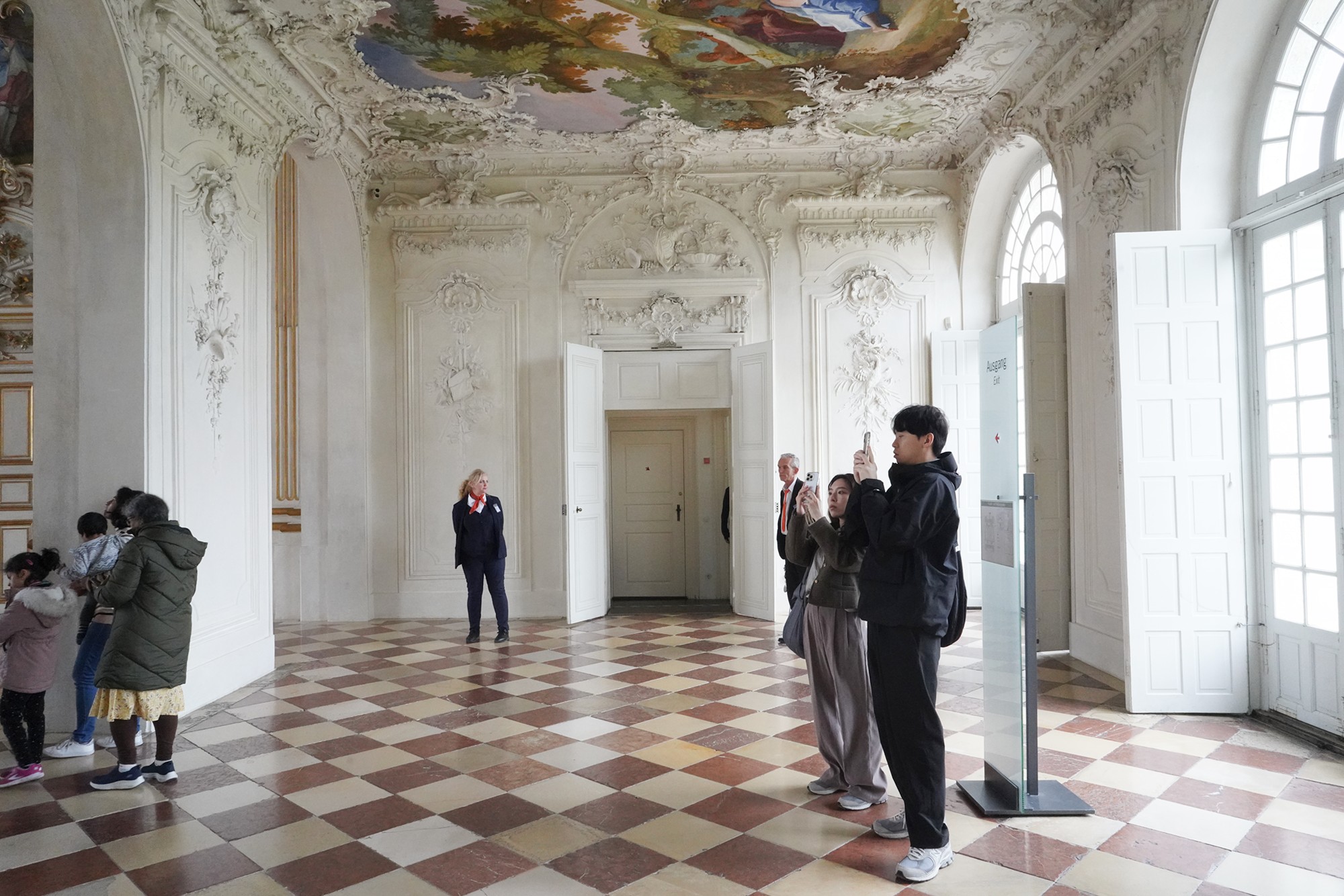
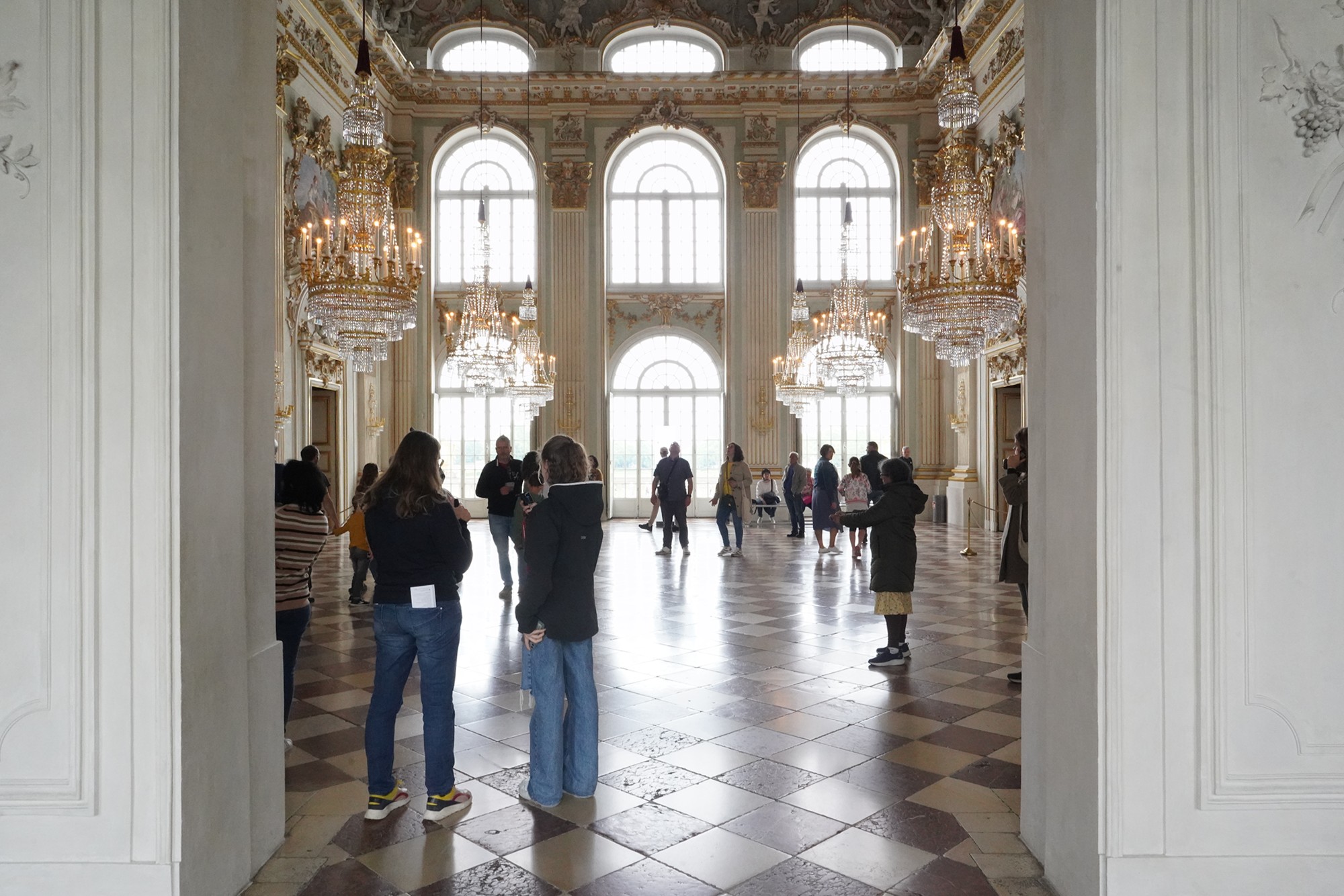
The central building of the palace is a stunning example of Baroque architecture. Visitors can explore the lavishly decorated rooms, including the Great Hall (Steinerner Saal), with its stunning ceiling frescoes.
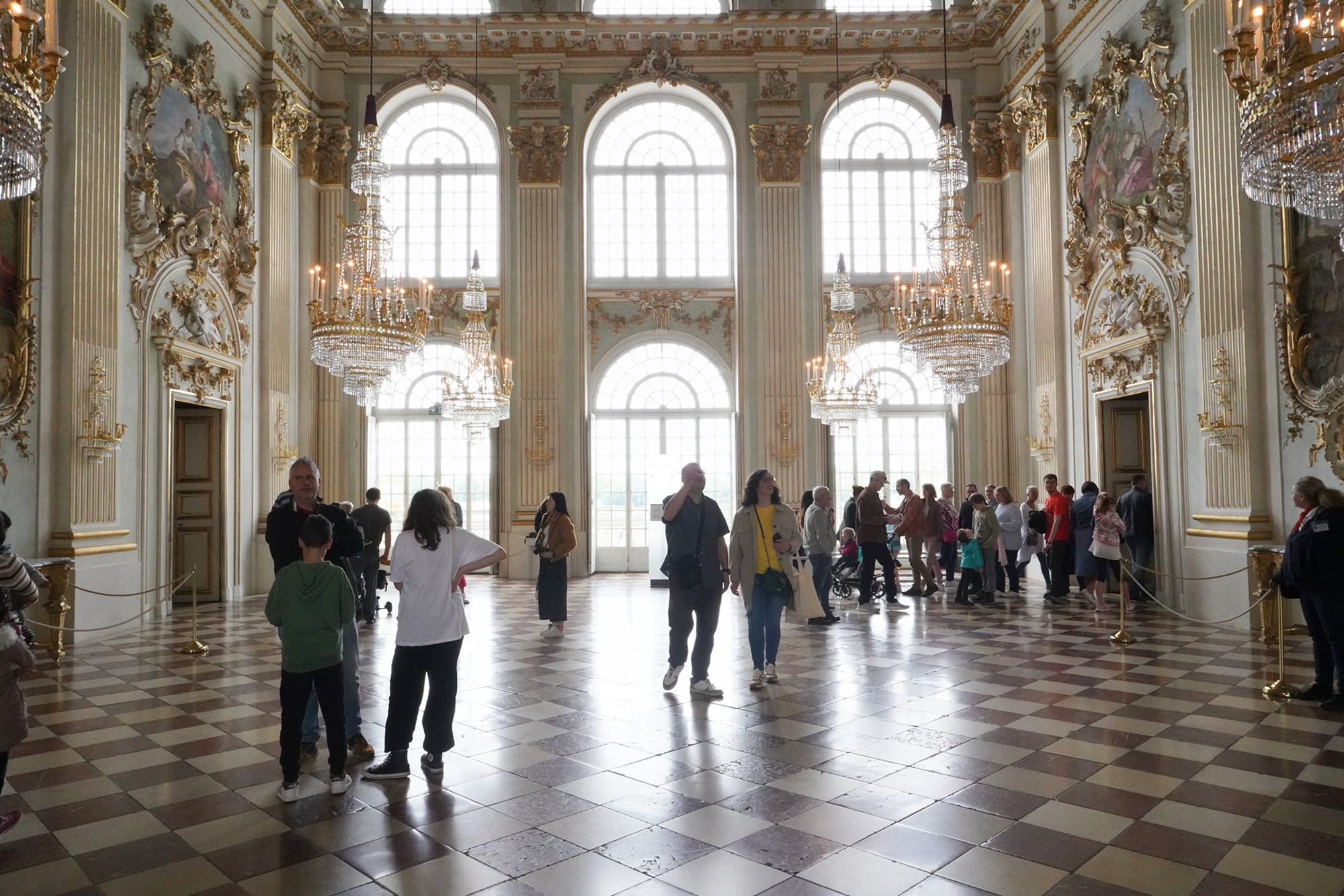

I walked to the right side to look at the rooms on the right side of the building
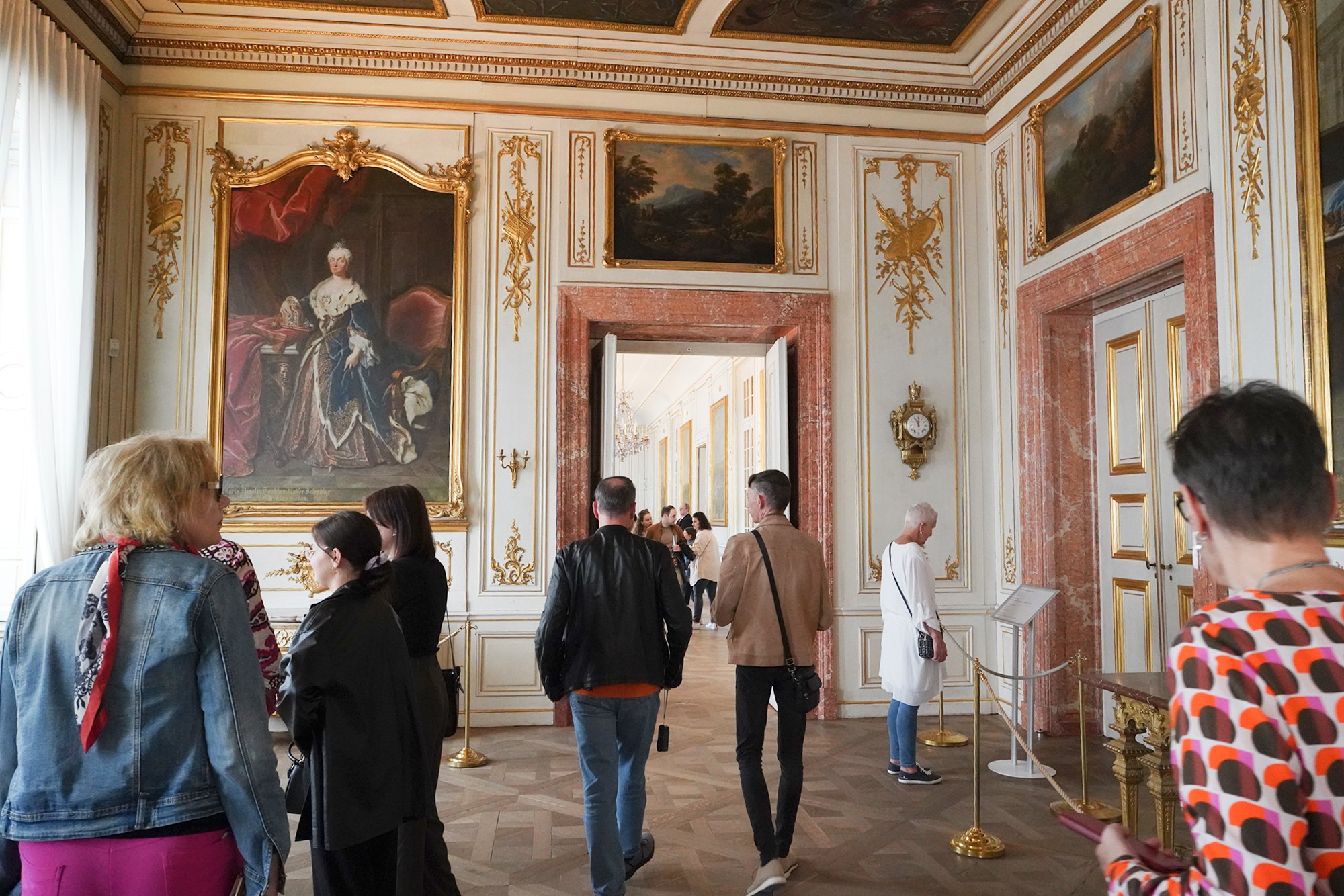






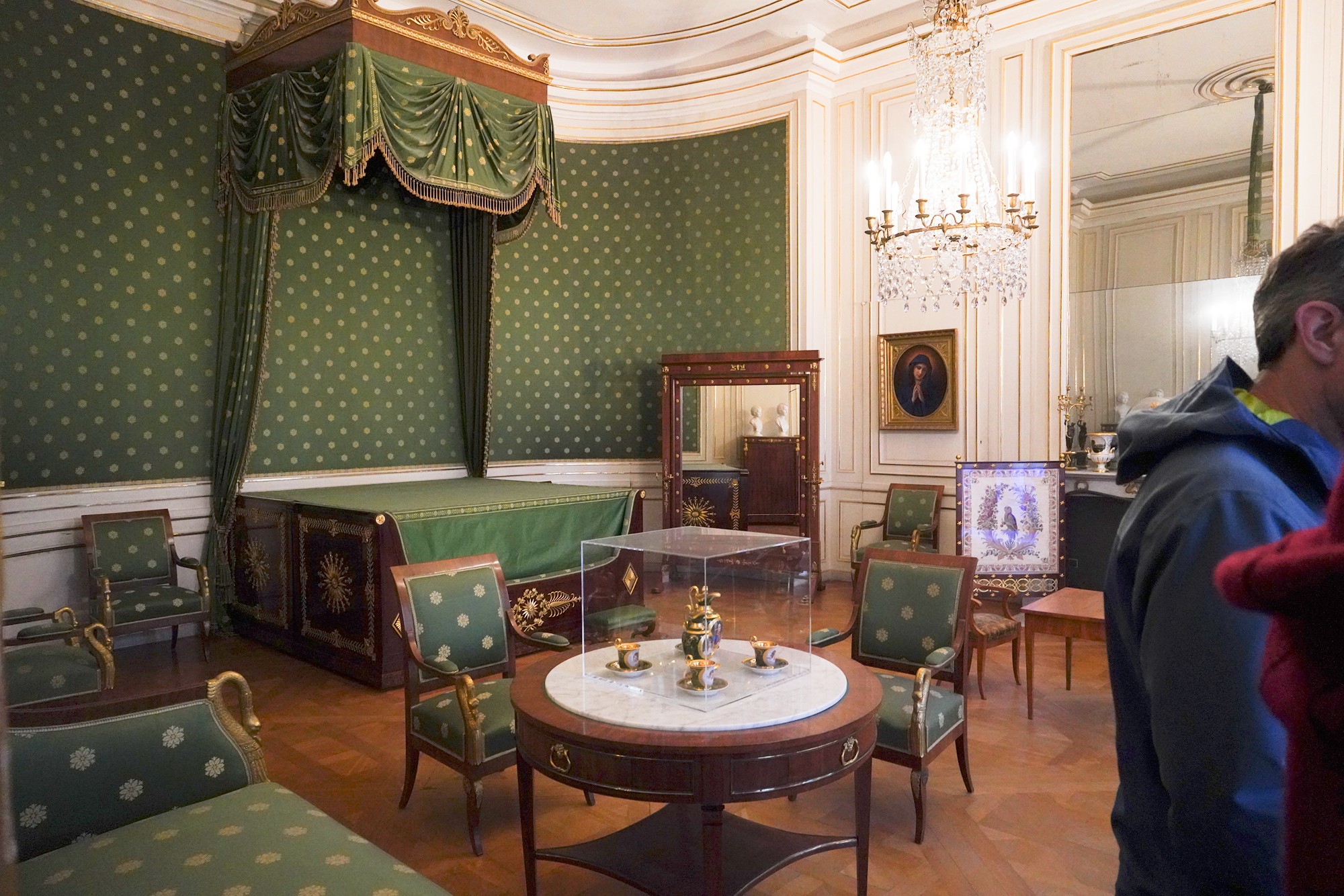


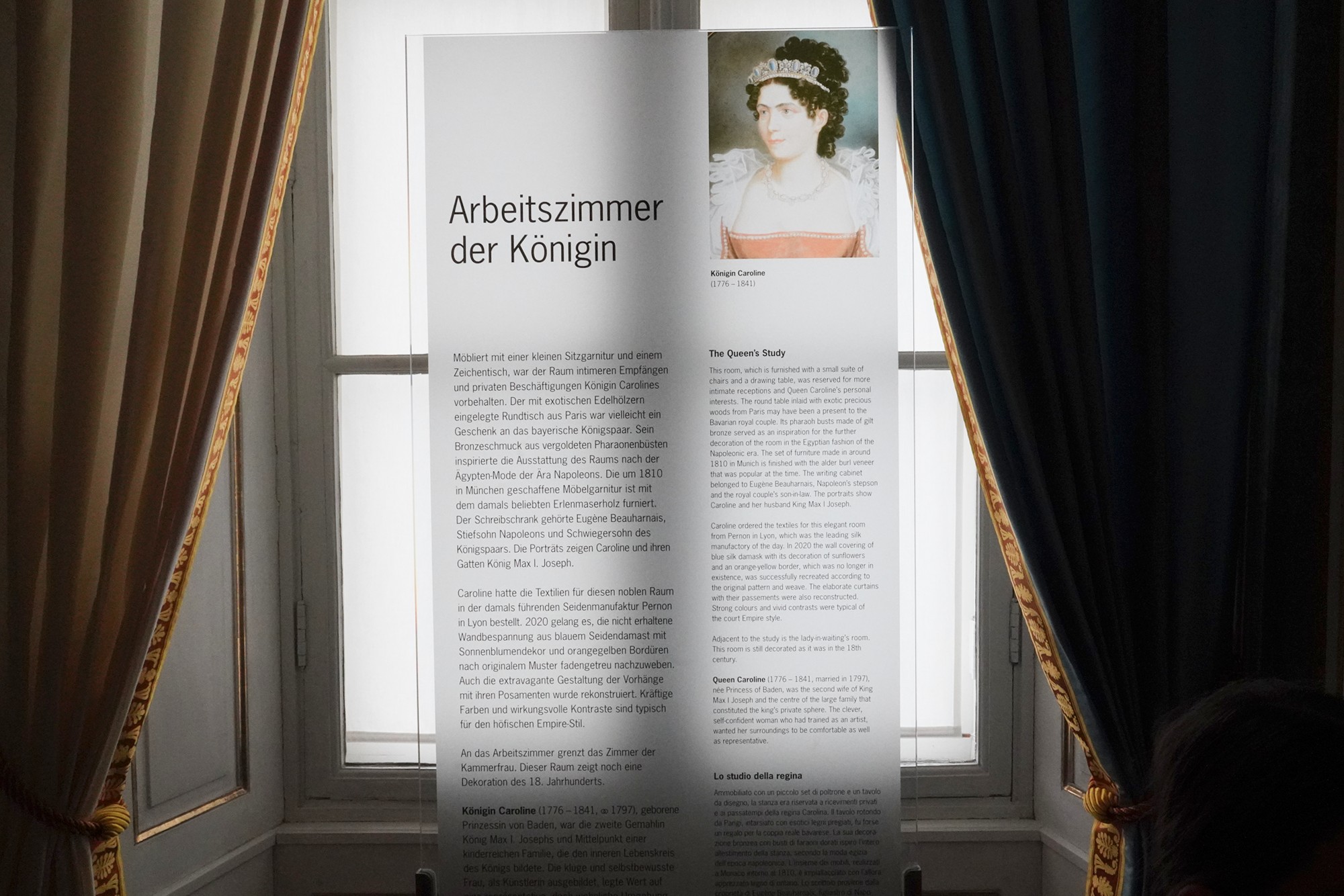




I came back to the Great Hall


And walked to the rooms on the left side













Came back to the Great Hall again


Out of the Main Palace

One end of the palace is the building used as a former royal stable; now, it is the Marstallmuseum. I walked to it.


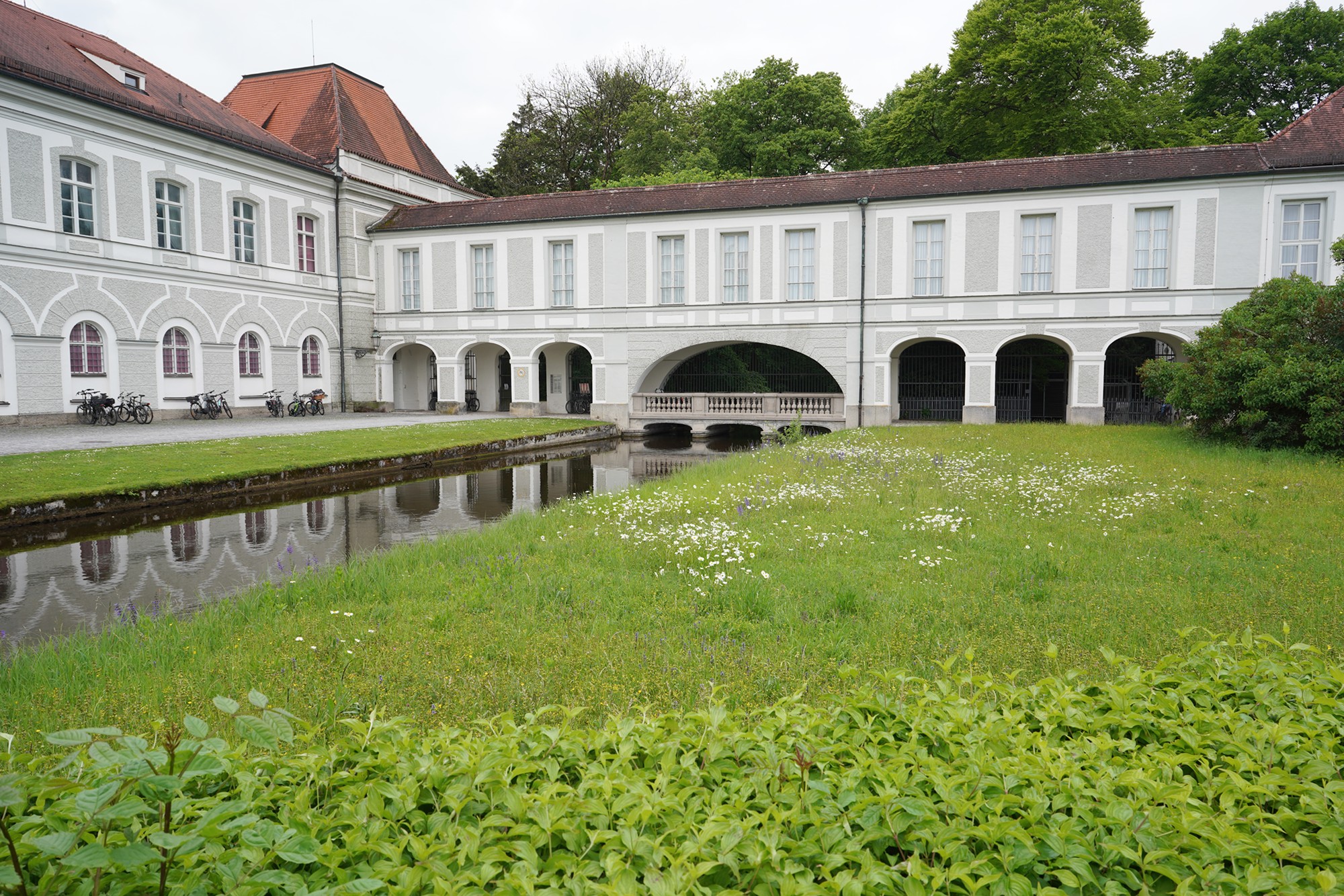
Back side
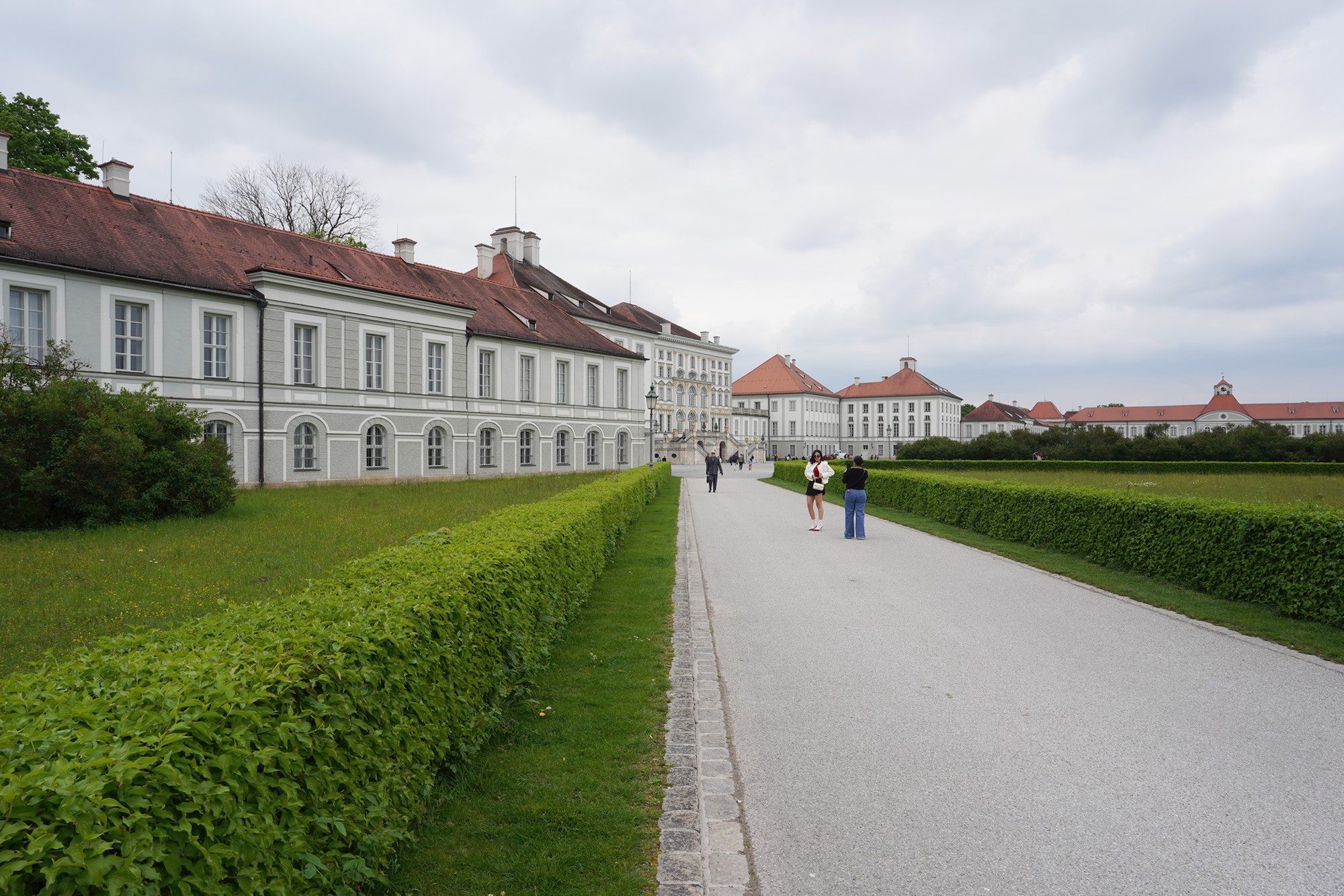
The Marstallmuseum showcases an impressive collection of royal carriages and sleighs

Like many Asian countries, the European countries used the Sedan chair for royals.





Sleighs


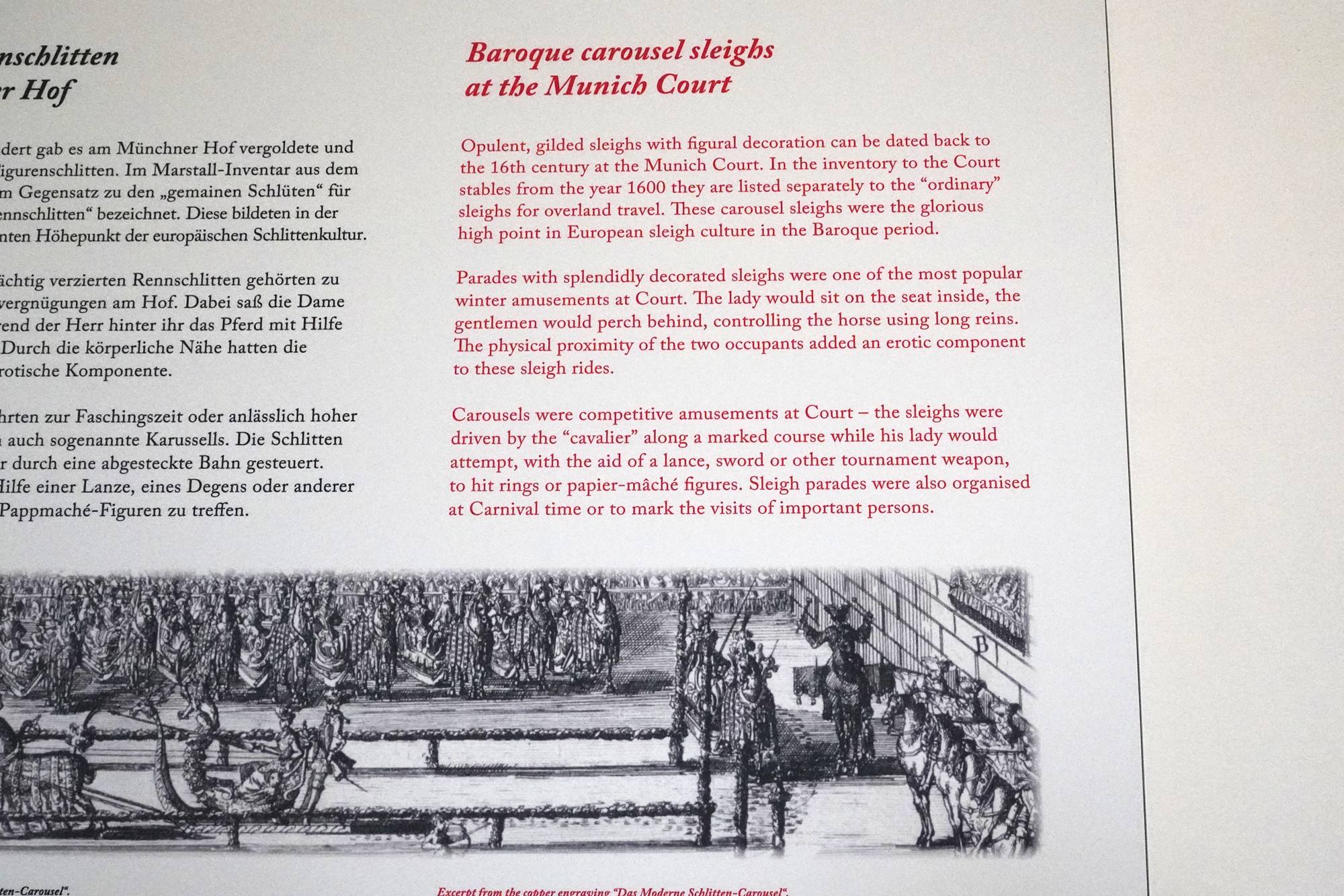




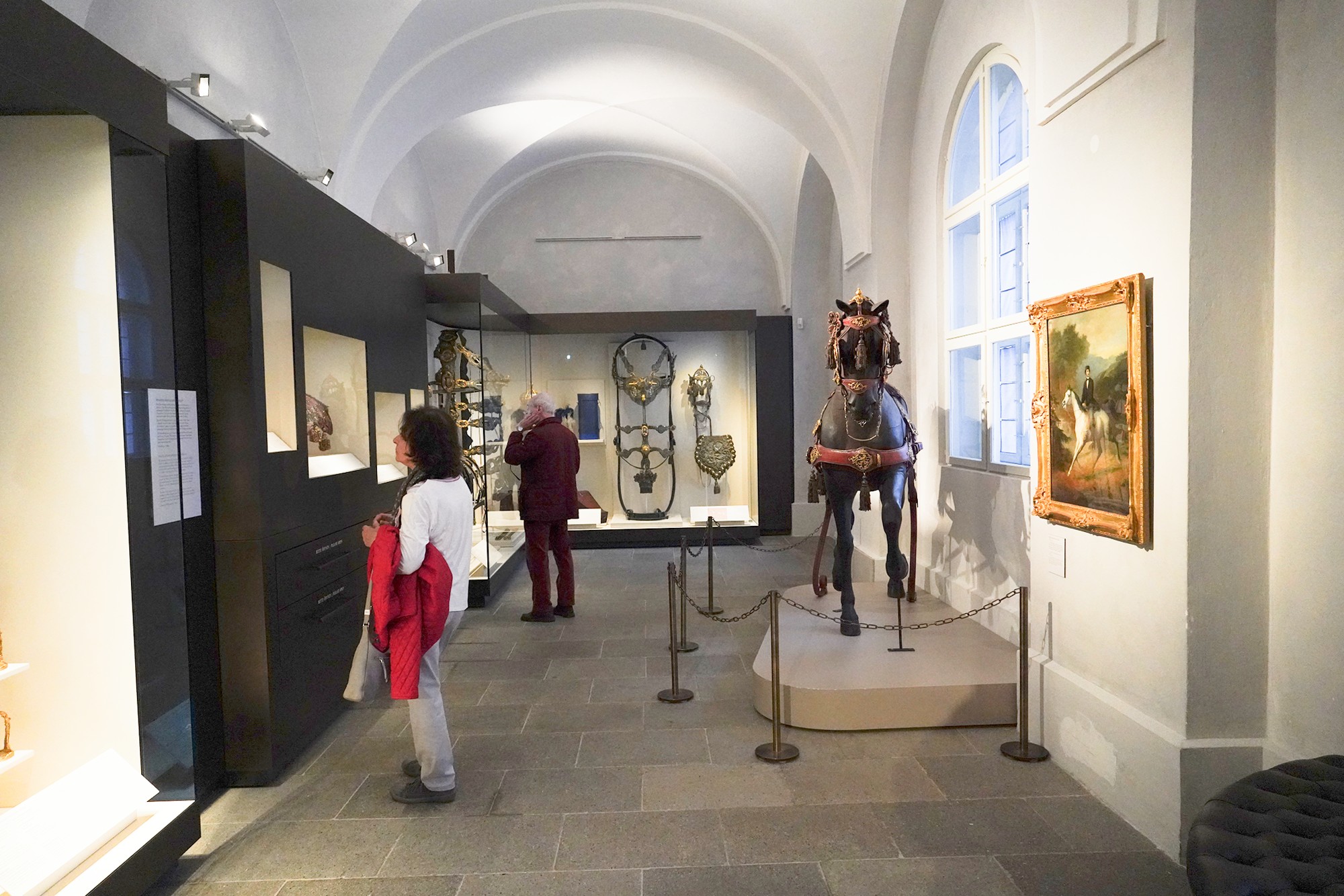





King Ludwig II of Bavaria, often referred to as the “Mad King” or the “Swan King,” is one of the most intriguing and enigmatic figures in European history. His reign (1864-1886) was marked by a deep passion for art, architecture, and fairy-tale castles, as well as a tragic and mysterious end.
Ludwig was known for his romantic and idealistic nature. He was fascinated by medieval legends, chivalry, and the idea of a perfect, almost mythical kingdom.

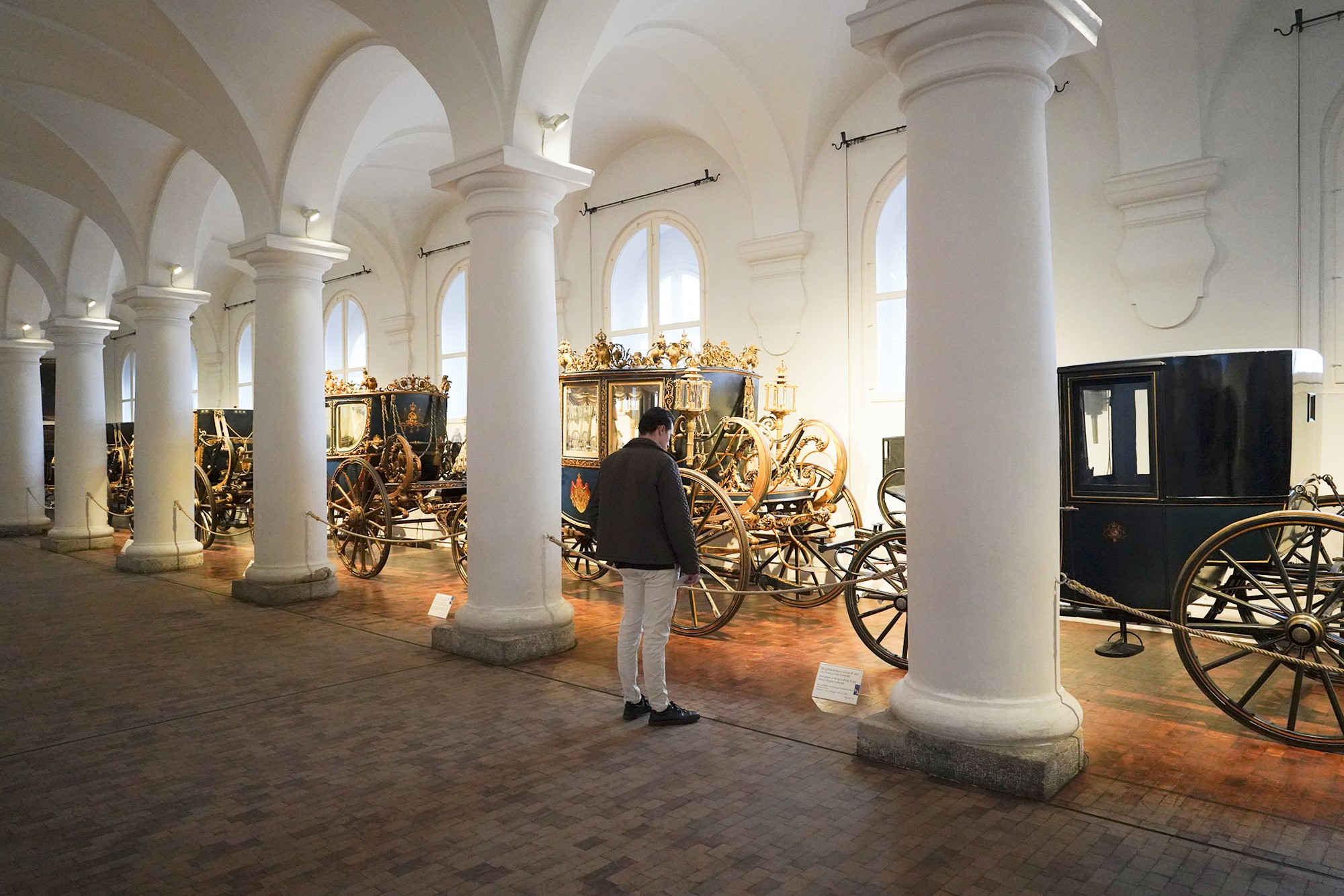



The second floor houses a porcelain museum. The porcelain museum displays exquisite Nymphenburg porcelain pieces.





